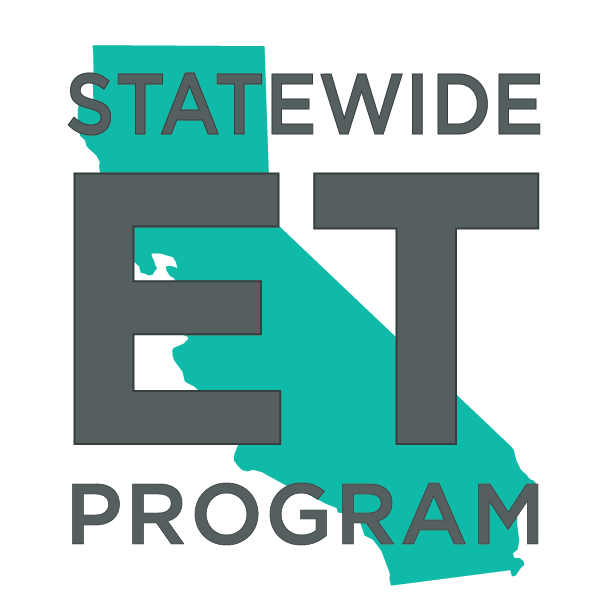ET25SWE0044 - VIG-Electrochromic Technology Lab Demo
This project focuses on the modeling and laboratory evaluation of integrating vacuum insulating glazing (VIG) units with dynamic solar control. VIG products have the potential to improve thermal performance of windows to below U-0.0625 (above R-16) while dynamic solar control (electrochromic or with integrated shading) can selectively allow the harvesting and rejecting of solar heat. Multiple VIG and electrochromic products, respectively, are commercially available from various manufacturers. However, there are currently no commercially available products that integrate these two technologies, which is said to be the “holy grail” of fenestration.
VIG product is an innovative architectural glass that combines vacuum technology and Vitro glass substrates into an insulating glass unit (IGU) with exceptional insulation performance, even rivaling that of traditional walls. A VIG unit consists of two window tiles of 4mm tempered glass separated by a non-leaded metal edge seal and a vacuum space. VIGs substantially reduces heat transfer by eliminating the air or inert gas in the space between the two panes of glass in an IGU.
Electrochromic windows are installed in buildings across the country. Electrochromic windows provide an adjustable tint that allows occupants and building managers to control the amount of sunlight and heat entering the building, keeping it warmer in the winter and cooler in the summer. The ability to modulate solar heat gain and visible light transmission allows the reduction of lighting and HVAC energy use. Key benefits of electrochromic windows include reduced electricity bills, increased privacy, and improved viewing.
Conducting a robust assessment of the proposed technology will establish the potential benefits of integrating dynamic controls with vacuum integrated glazing technology and will result in important performance information for California ratepayers. Additionally, the project offers an opportunity to expand knowledge linking durability evaluation to product lifetime projections based on energy performance. Durability evaluation could also allow a better understanding of installed windows’ degradation processes. Laboratory testing will also include durability test using NREL’s guideline for enhanced durability evaluation of fenestration products. NREL’S guidelines serve as a starting point and guide for manufacturers, glass companies, window testing facilities, and other parties who are interested in enhanced durability evaluation of insulating glass units for their products. The evaluation methods of the guideline were developed by examining current testing standards as well as methods being used internationally and in private industry.
